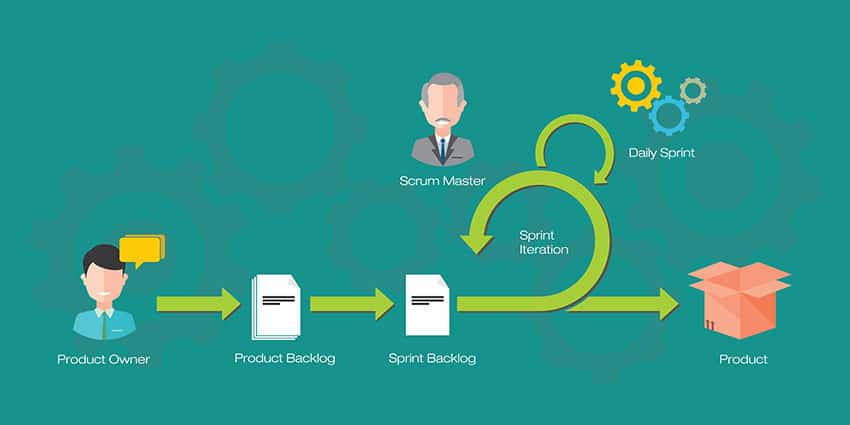Now that you and your organization are familiar with some of the basic principles of lean management, it’s important to effectively put those principles into action.
But how do you ensure your workflow is as lean as it can be? By establishing some metrics to measure and track your workflow, you can be sure that your processes are getting into ship shape.
While each organization should focus on metrics that are specifically relevant to their business model, these are some overarching examples of key performance indicators.
Customer Demand Rate and Takt Time
Two key metrics that often go hand-in-hand in lean business models are the customer demand rate and Takt time. Customer demand rate is a relatively simple concept: how many units of your product or service your customers are requesting during a specific time interval (per day, per week, etc.). This number is used to calculate an organization’s Takt time — essentially the time it takes for a business to produce a product/service unit to meet that customer demand.
Streamlining your workflow means the average Takt time should decrease.
Organizational Effectiveness
Businesses should also take the time to measure its organizational effectiveness — an often-vague term loosely defined as how efficient a company is at meeting its goals and objectives. Demand Media describes the concept as: “…the effectiveness of a business constitutes its ability to perform a function with optimal levels of input and output.”
They go on to say that businesses use this metric, which has no set mathematical formula and is calculated differently by every company, is used to measure everything from “the relationship between employee performance any company profits to the correlation between manufacturing processes and production volume.”
While the goal is obviously complete efficiency with zero production waste, that’s not often where most companies start. But this is a great metric to define for your particular organization to further streamline your processes to achieve zero waste.
Costs and Profitability
This is probably the most obvious metric that most businesses regularly use to measure their overall progress. The two are directly intertwined: as costs rise, profitability often suffers. That is, unless that extra output of cash is strategic and is going toward something that will boost your business’s bottom line in the long run.
Keeping a close eye on costs is integral, but making sure any cash spends are strategic is also incredibly important to keeping your workflow lean. For example, it’s not necessarily helpful to just go with the least expensive vendor because it saves a little money in the short term. Perhaps the cheapest vendor is also not the most reliable or punctual with deliveries, which affects production and profitability downstream.
Quality
Whether you produce a widget or a piece of software, quality control is a necessary part of ensuring your customers are happy and that your organization is trimming down on waste. It’s easy to excise steps in a production process, to cut back on the number of staff, or to crack down and demand higher quotas be met, all in the name of creating more product and “being more efficient.” But if the quality of your product or service suffers as a result, you’re not succeeding in boosting efficiency — you’re simply cutting corners.
So keep a close eye on quality, whether that’s through customer service or quality control measures in your production process. And pay even closer attention after you’ve made major adjustments in processes or workflows to ensure there’s no decrease in quality.
On-Time Delivery
This concept is not just important to satisfying your customers: consistent, on-time-delivery of a product or service is proof that your workflow is lean and streamlined.
While this is a fairly straightforward concept, sometimes measuring this is rather difficult. But failure to deliver products/services on time can indicate issues upstream in your workflow. If bottlenecks are occurring during the quality control process, for example, this can obviously affect delivery schedules. So it’s sage advice to watch this key performance indicator to get a general idea of where your workflow efficiency stands.






